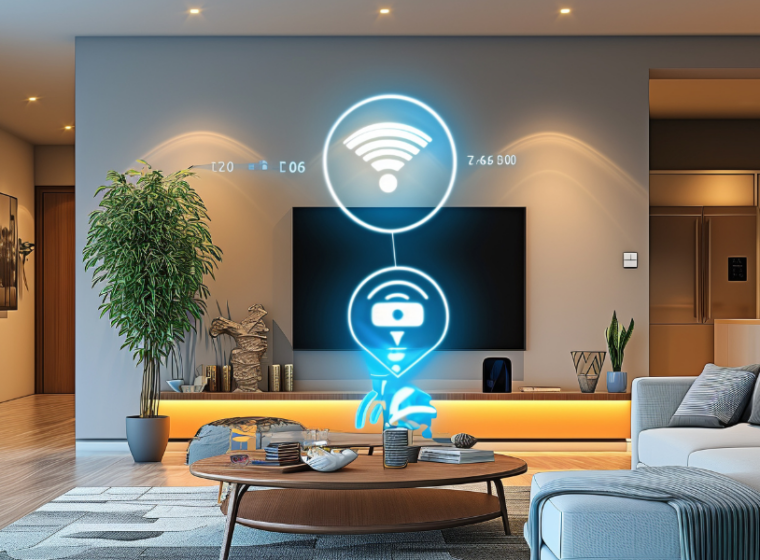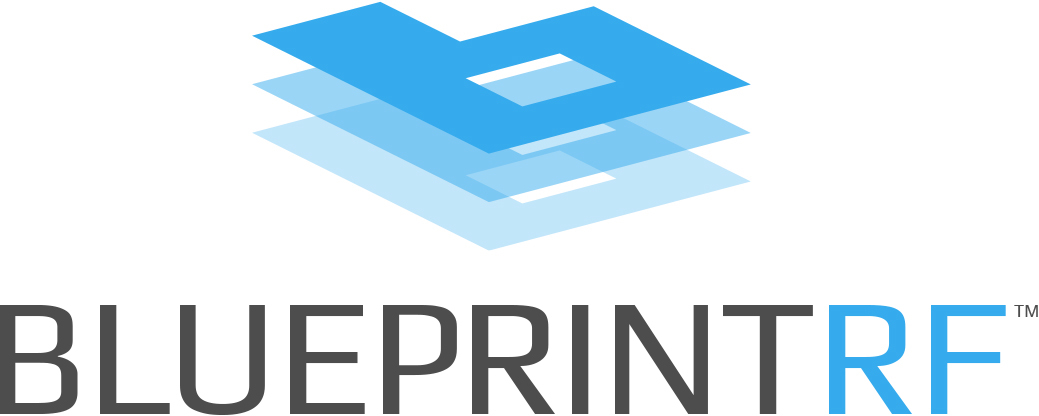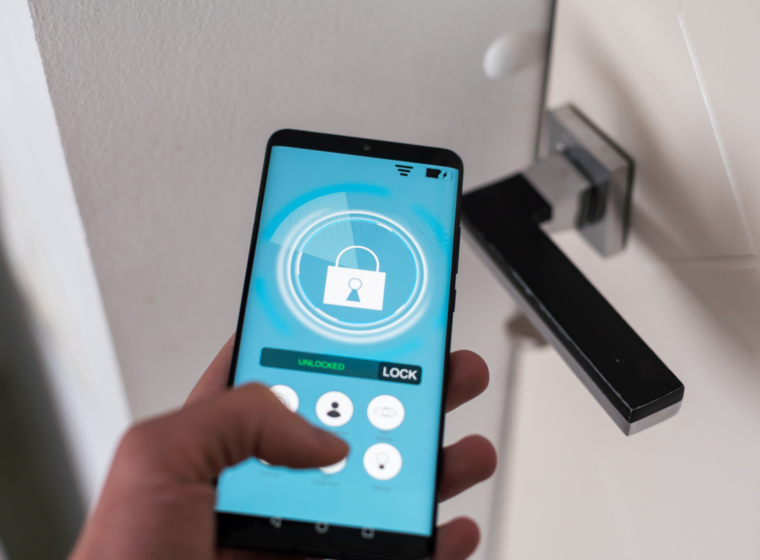As more and more seniors adopt smartphones, tablets, and Internet-enabled technologies, residences like assisted living facilities and senior care centers must keep pace with adequate WiFi solutions to remain competitive.
In the world of multiple dwelling units, or MDU’s, assisted living WiFi is crucial for residents and guests. Unlike college campuses and other residential living facilities where MDU’s are common, elderly individuals typically remain on-premise for a vast majority of the time. In turn, seniors are especially reliant on WiFi to stay connected.
From keeping in touch with loved ones to refilling prescriptions and placing orders online, secure and reliable WiFi for senior living facilities is a vital component that contributes to residents’ quality of life. Although Internet use among residents is a primary consideration, it’s just one aspect of the bigger picture. Below we highlight a few critical reasons today’s assisted living centers need to equip themselves with a high-performing WiFi solution.
Keeping Pace with a Growing Aging Population
According to national population projections by the U.S. Census Bureau, we’re less than a decade away from reaching a tipping point with the older population. By 2030, not only all baby boomers will be older than age 65, but it will define a transformational era in which older people outnumber children for the first time in U.S. history. Based on these growth rates, 1 in 5 Americans is projected to be 65 years old and over.
To further put that into perspective, in 2020 there were a little more than 46 million adults ages 65 and older living in the U.S. By 2050, that number is expected to almost double to reach nearly 90 million. That’s a significantly greater population of older adults who are kin to using technologies and devices that most of us use today.
Supporting Multiple Users in Senior Living Facilities
WiFi may not seem like a top priority when evaluating capital expenditures for senior care and assisted living centers, but undoubtedly becoming an integral part of facility operations as technology demands evolve.
Resident Use
As large segments of the world’s population continue to age, the demand for high-speed Internet access in assisted living and senior care centers continues to escalate. More than just a value-added perk, tech-savvy seniors fully expect to have wireless Internet access.
According to a 2019 Pew Research study, more than half of seniors ages 65 and older own smartphones. A separate survey from Pew Research showed that over a third of seniors regularly use the Internet. This data alone underscore a need for assisted living facilities to keep their WiFi access competitive to attract future residents.
Staff Use
Tablets, laptops, PCs, and other facility-owned devices frequently used by management and operations staff also depend on WiFi access. In most cases, staff networks require HIPAA-compliance, which incorporates an added layer of security to maintain secure patient records. This is especially critical when patient health records need to be accessed frequently as part of day-to-day operations.
Infrastructure
While resident and staff use both necessitate a secure and reliable wireless connection, the real power of WiFi in assisted living and senior care facilities lies in infrastructure. The Internet of Things (IoT) is increasingly evolving with a broader spectrum of wireless sensor technology used to improve operational efficiencies, monitor residents, and maintain optimal health and safety.
Supporting an Evolving IoT Network
There is much more that goes into a comprehensive WiFi network for assisted living and senior care facilities. A myriad of wireless-enabled sensing devices, including wearables and facility sensors and actuators, require Internet connectivity to perform. Some of these units are not only life-enhancing but also life-sustaining.
Resident Tracking & Wearables
- Health monitors: Such devices measure and track resident vitals, including blood pressure, heart rate, and temperature.
- Orientation: Wrist-worn devices transmit physical positioning, such as whether a resident is sitting, standing, or lying down.
- Location: Critical for residents with Alzheimer’s or dementia, certain wearables can pinpoint where in a facility a resident is located.
- Pressure and motion sensors: Determines if the patient is following standard activity patterns, as well as specifics like monitoring activity with beds, chairs, and floors.
Facility Sensors & Actuators
- Safety and security monitors: Systems include surveillance monitoring, motion sensors, door access control, and security systems, as well as life safety systems like heat, smoke, and carbon monoxide detection.
- Lighting and electrical: High-energy devices connected to sensors can be switched off remotely, and other automated lighting systems can conserve energy.
- Environmental sensors: Reads and adjusts room temperature and humidity for resident and staff comfort.
- Voice-activated devices: Personal assistant and voice-activated devices provide an efficient way for residents to summon help.
Proper WiFi Network Design is Essential for Assisted Living Facilities
An adequately designed WiFi network is essential to fully leverage these necessary technologies in an assisted living or senior care environment. If your wireless doesn’t work correctly, your critical applications won’t work efficiently either.
In almost every application, wireless network deployment must be tailored to the facilities’ layout, building materials, and constraints. In a facility serving hundreds of residents, WiFi networks to be uniquely designed and engineered for the entire premise. This requires qualified and knowledgeable WiFi engineers and installers.
As an industry-leading WiFi provider for hospitality and MDU applications, BlueprintRF offers complete turnkey network installation and delivery, including 24/7 monitoring and resident support. We will ensure that your assisted living WiFi solution provides maximum uptime, combined with the speed and bandwidth that your residents and staff members require. Contact us to learn more.









